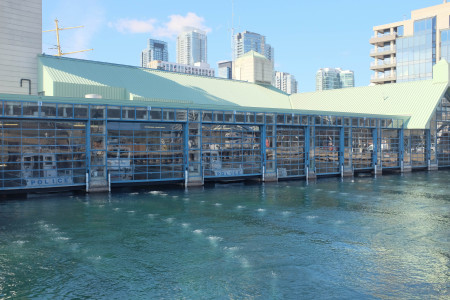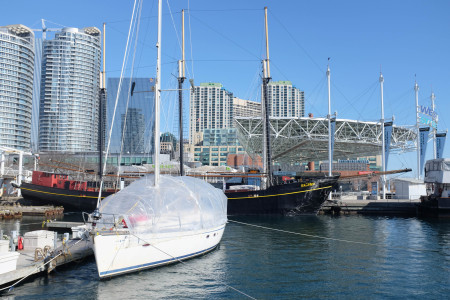I am finding myself frustrated with the primary challenge associated with trying to produce political change using groups of volunteers, which I would judge to be maintaining accountability and motivation. If the groups aspire to be democratic, that brings a set of challenges too. (The third biggest challenge is probably avoiding and managing interpersonal conflicts.) Still, I think the greatest challenge is the tendency of volunteers to abandon projects half-finished and informally vacate positions of responsibility which they have sought (without handing them over to others in an effective way).
One potential solution is to move from volunteers to employees. This arguably gives you more oversight, perhaps makes them feel more responsible, and allows those who couldn’t normally afford to work so much for free the opportunity to pay their rent, etc. There are lots of effective staff-run NGOs (from the Pembina Institute to Environmental Defence), and taking on a few staff is often an aspiration for any serious group.
Regardless, most people who contribute their labour to grassroots-style environmental groups do so as volunteers, and it’s the effective or ineffective recruitment, retention, and management of volunteers that largely determines an organization’s effectiveness. The other main factor is the competence of key organizers, who must themselves be recruited, retained, and managed.
It’s often tempting to imagine a group in which all members are and remain strongly committed, and who manifest that commitment in consistent and professional work. It’s certainly logically possible that a group could have rules and a formal structure that encourages participation of this sort and diverts the less committed to other organizations that are also doing good work. Such a group could limit the amount of resources that need to be devoted to fundraising, and avoid the hassles, limitations, and democratic challenges of formal incorporation.
The time commitments would have to be manageable – to limit the main problem that afflicts key organizers.
Another question is how to effectively brand such a group and define its role. Being independent would cost the support of organizations with pre-existing name recognition and bases of support, but it would also allow for more of an experimental structure.






